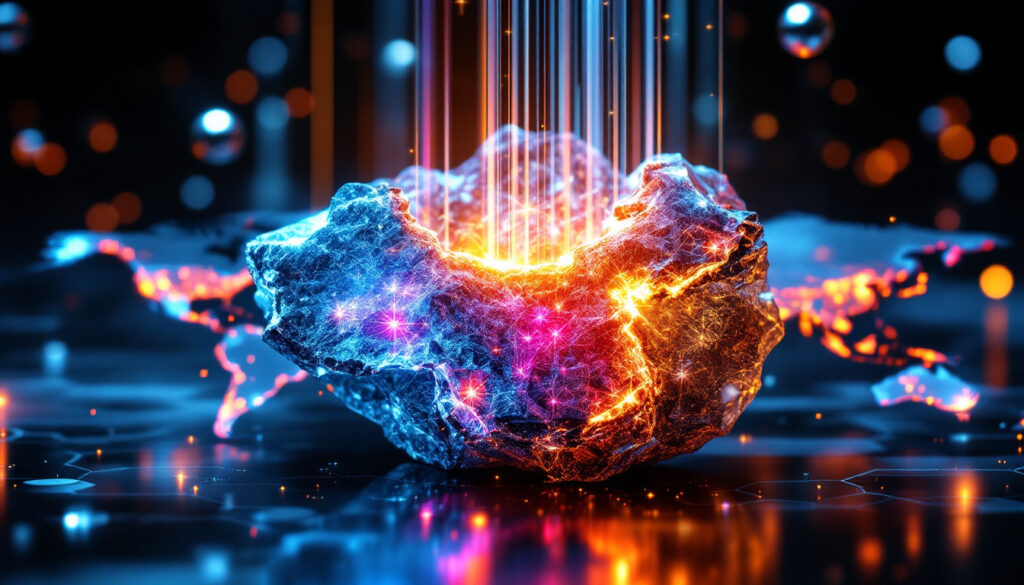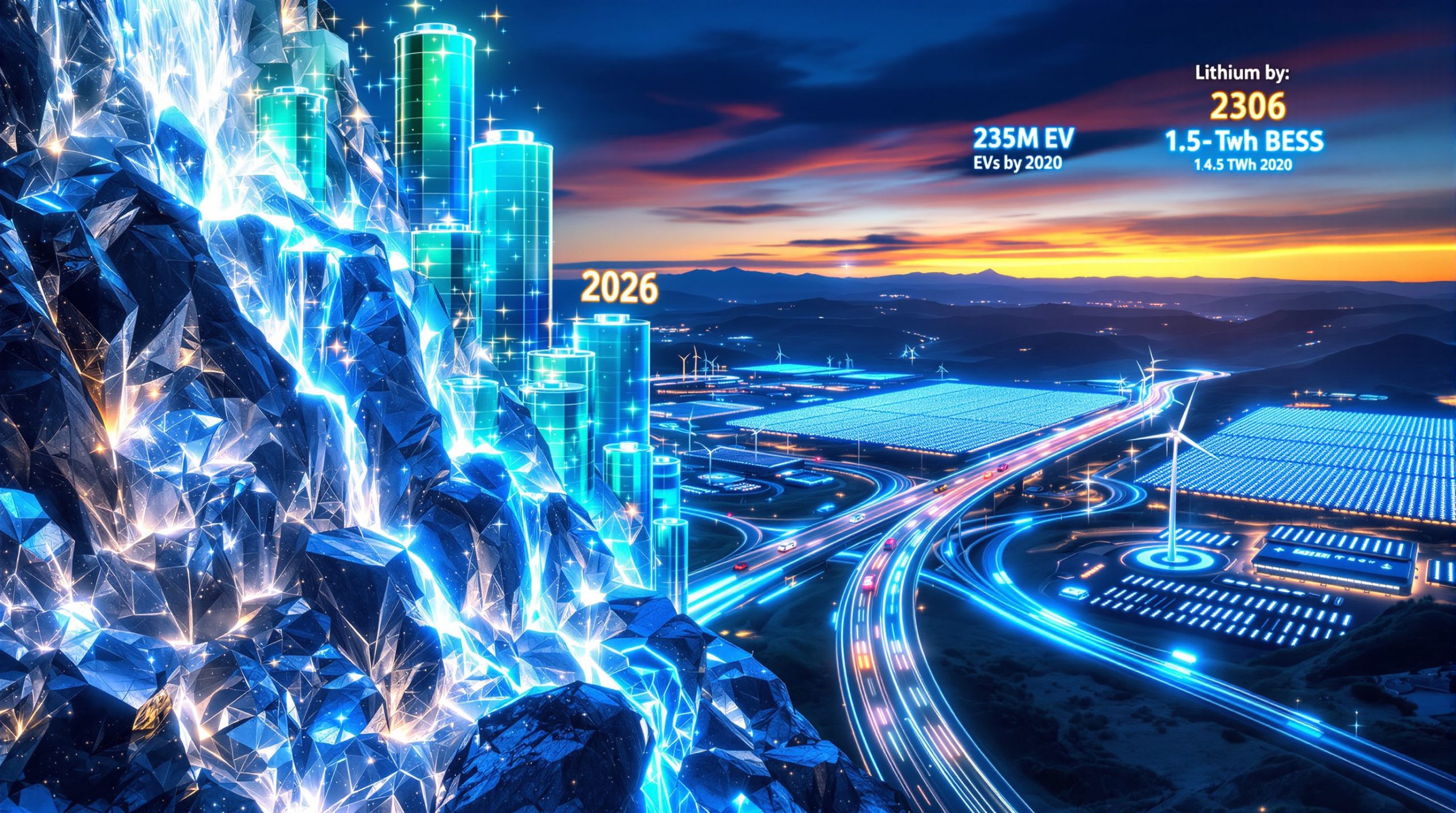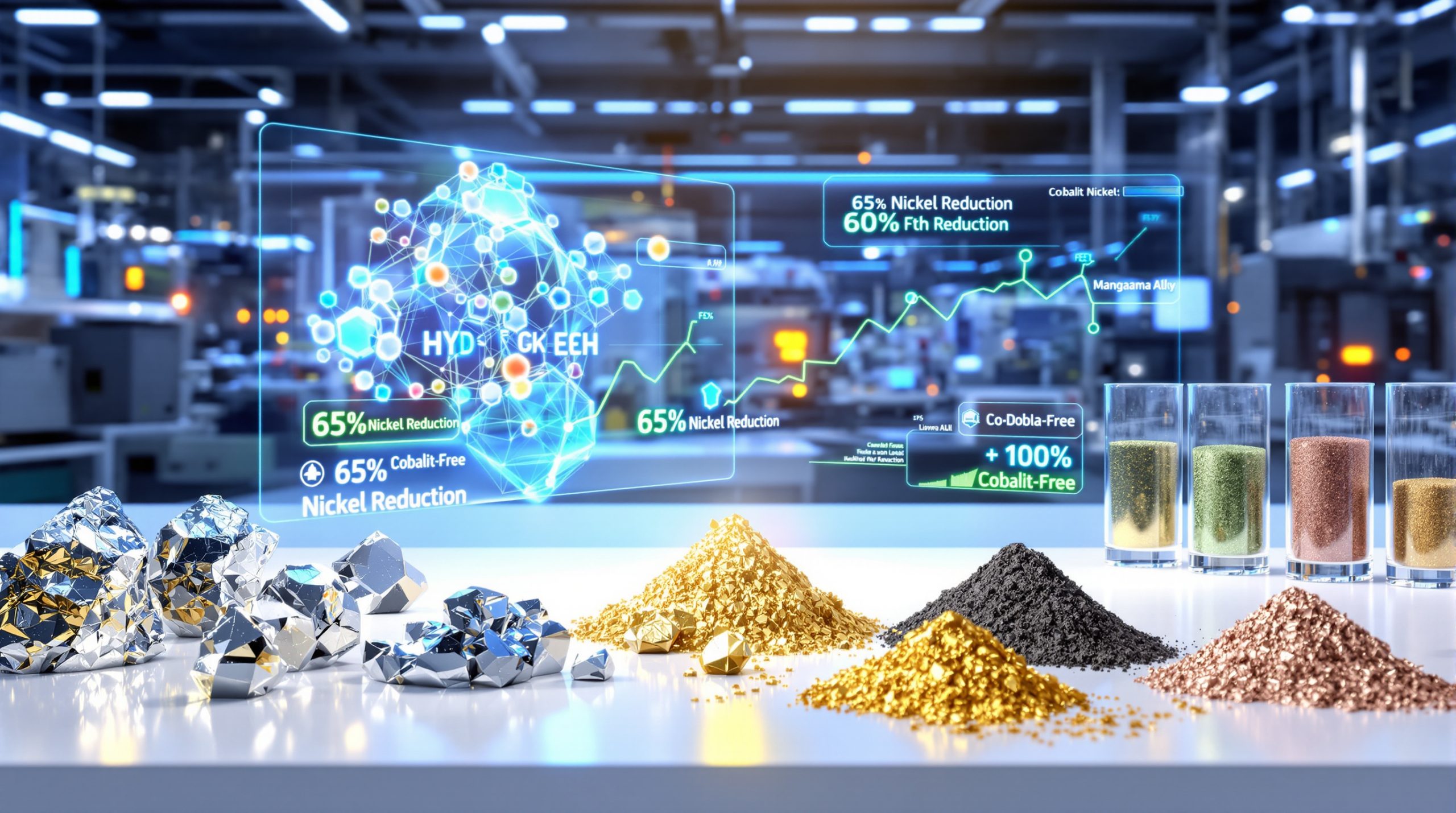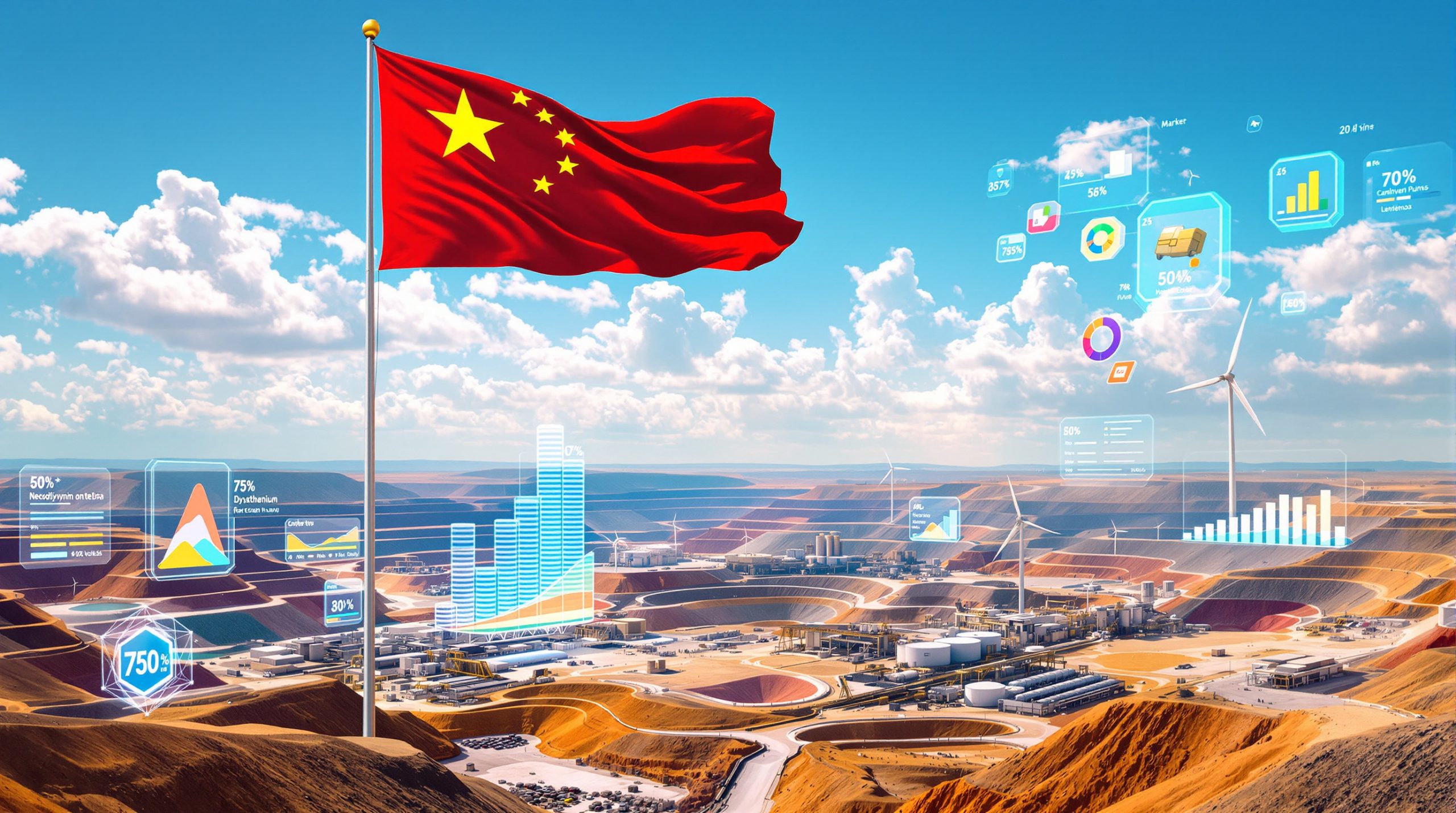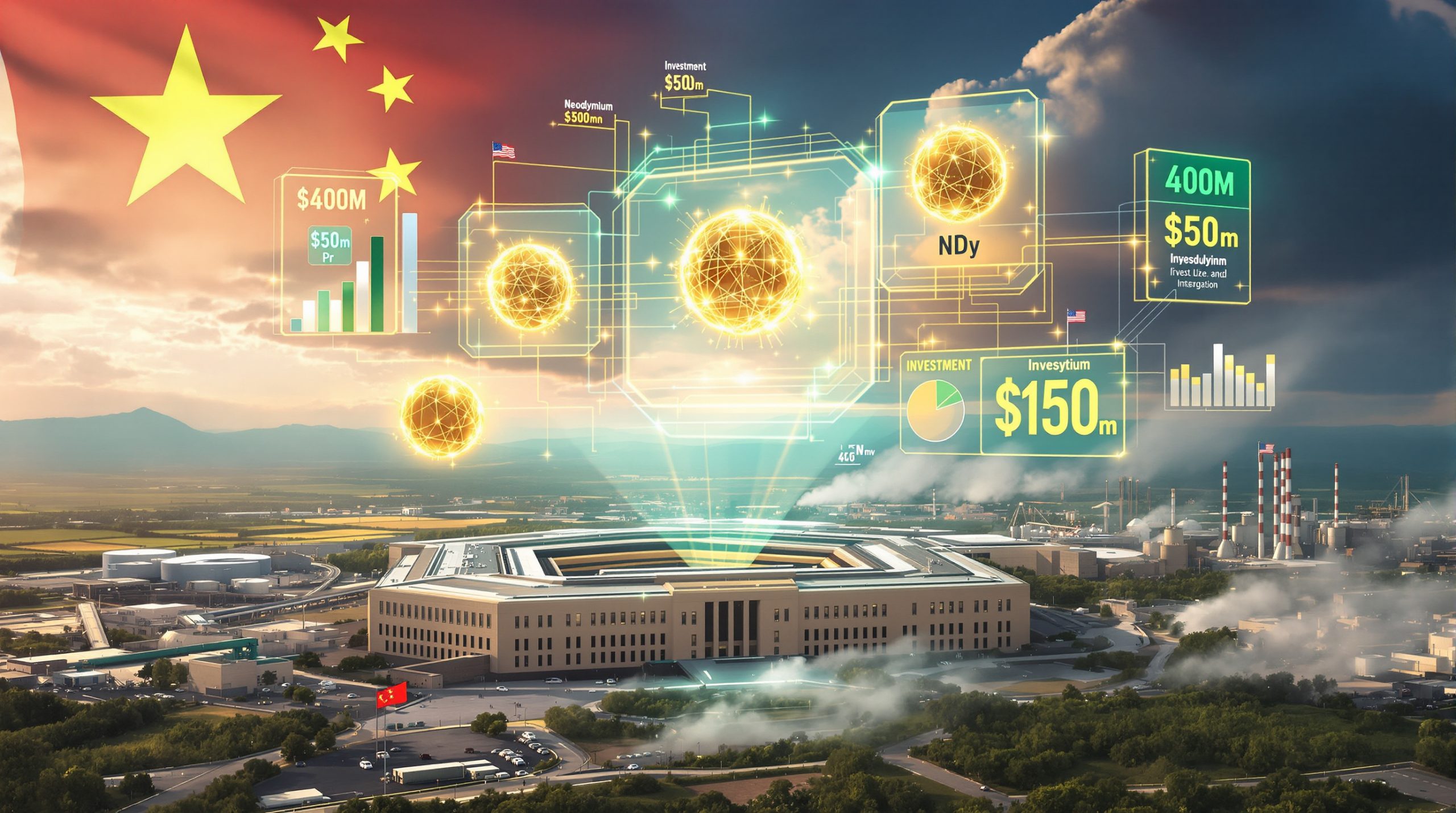Understanding the Antimony Market Surge: From Obscurity to Critical Metal
The antimony market has undergone a remarkable transformation in recent years, evolving from an overlooked commodity to a critical strategic metal that's capturing global attention. This transition has profound implications for industries, investors, and policymakers worldwide as supply chains reorganize and prices reach unprecedented heights.
What is Driving the Antimony Market Explosion?
The Unprecedented Price Surge
Antimony has experienced one of the most dramatic price increases in the commodities sector, with values soaring from a modest $5,500 per metric tonne in 2019 to an astonishing $57,000-$60,000 per metric tonne in 2025. This staggering 1,000% increase has transformed what industry insiders once jokingly called "Anti-Money" into one of the hottest commodities in the global market.
The price trajectory has been particularly steep since 2023, with quarterly increases consistently exceeding market expectations. What began as a gradual upward trend has accelerated into what some analysts describe as a "perfect storm" of supply constraints and growing demand.
"Long dismissed as 'Anti-Money,' antimony has become the belle of the commodities ball due to export bans and strategic demand." — Lara Smith, Commodities Specialist
China's Export Restrictions
At the heart of this market explosion are China's increasingly stringent export controls. As the dominant global producer, China's policy decisions have created a two-tiered pricing structure that fundamentally altered market dynamics. While international prices have surged beyond $57,000/MT, domestic Chinese prices remain suppressed below $30,000/MT – less than half what buyers outside China must pay.
This price divergence illustrates the profound impact of Beijing's export policies. In March 2025, Chinese antimony exports halted entirely, triggering a 50% price hike in global markets within weeks. The resulting market fragmentation has left international buyers scrambling for alternatives while Chinese manufacturers enjoy significant cost advantages.
China's approach appears to be part of a broader strategy to prioritize domestic industrialization over global supply, using its resource dominance as economic leverage. The resulting market dislocation has altered investment flows and industrial planning worldwide.
Why Has Antimony Become a Critical Resource?
Strategic Applications Driving Demand
Antimony's transition from obscurity to criticality stems from its essential role across multiple high-growth sectors:
-
Flame Retardants (60% of usage): Antimony trioxide remains the gold standard for flame-retardant additives in construction materials, electronics, and transportation. No alternative offers comparable effectiveness in preventing fire spread.
-
Battery Technologies: Emerging liquid metal batteries and advanced lead-acid formulations rely on antimony for performance. Tesla's 2024 battery roadmap specifically highlighted antimony-based anodes for next-generation energy density.
-
Solar Panel Production: Antimony enhances the efficiency of certain photovoltaic technologies, with demand projected to grow 25% annually through 2030.
-
Defense Applications: Military systems require antimony for infrared sensors, ammunition primers, and specialized alloys. The U.S. Department of Defense added antimony to its Strategic and Critical Materials Stockpile in 2024.
-
Industrial Catalysts: Chemical manufacturing processes utilize antimony catalysts for producing PET plastic and numerous specialty chemicals.
This diversification of applications has broadened antimony's demand base beyond traditional uses. As Smith notes, "Antimony's role in solar panel production and defense systems has elevated it from niche to strategic."
Supply Chain Vulnerabilities
The market's extreme volatility stems from concentrated production. China historically controlled approximately 70% of global antimony supply, creating significant supply chain vulnerabilities that have become increasingly problematic amid rising geopolitical tensions.
This concentration is exacerbated by limited reserves outside China and the technical challenges of bringing new mines online. The geology of antimony deposits often involves complex mineralogy and challenging extraction conditions.
"Concentration in China forces industries to reevaluate sourcing—this isn't just a price crisis but a security crisis." — Industry Analysis
Countries including the United States, European Union, and Japan have formally classified antimony as a "critical mineral," acknowledging both its economic importance and supply risk. This designation has accelerated government initiatives to secure alternative sources through international partnerships, stockpiling programs, and domestic mining incentives.
How Has the Market Structure Changed?
From Niche to Mainstream Attention
The antimony market has undergone a structural transformation. Once known only to geologists, metallurgists, and specialized traders, antimony has captured widespread attention across multiple sectors:
- Institutional investors now track antimony prices as indicators for broader technology metals trends
- Government policymakers develop critical mineral strategies with antimony as a priority element
- Manufacturing executives incorporate antimony supply risks into strategic planning
- Mining companies aggressively pursue exploration projects targeting antimony deposits
This broadened interest has fundamentally altered market dynamics. Trading volumes surged 300% year-over-year in 2025, with hedge funds entering previously illiquid markets. Financial instruments tracking antimony prices have proliferated, bringing both liquidity and volatility.
Market Fragmentation and Speculation
Today's antimony market exhibits characteristics typical of commodities undergoing structural supply shortages:
-
Speculative trading has intensified, with Smith observing: "The market is awash with silly money—speculators chase scarcity, while end-users face existential choices."
-
Quality concerns have multiplied, with approximately 40% of 2025 antimony offers flagged as fraudulent or substandard. Documented cases include fraudulent antimony oxide shipments from Myanmar seized in Singapore in Q1 2025.
-
Price discovery challenges as traditional benchmarks become less reliable amid fragmented trading.
-
Supply chain innovation with companies developing direct-mine relationships and strategic stockpiles.
The market has also seen junior mining investments in Australia, Canada, and Turkey accelerate development timelines for antimony projects. Canada's Lake George project secured $200 million in funding for antimony-tungsten mining in 2025, exemplifying the rush to develop non-Chinese supply.
Contract structures have evolved as well, shifting toward long-term fixed pricing with premiums up to 20% for guaranteed non-Chinese supply. This represents a fundamental shift from the spot-oriented trading that previously dominated antimony markets.
What Are the Different Antimony Grades and Specifications?
Quality Variations in the Market
A critical aspect of antimony market dynamics is the significant variation in quality and specifications. Not all antimony is created equal, with substantial differences that directly impact usability and pricing:
- Purity levels range from standard 99.65% grade to ultra-high-purity 99.99% for specialized applications
- Chemical composition varies, particularly regarding impurity profiles (arsenic content being especially critical)
- Physical forms include metal ingots (90% of trade), oxides (for flame retardants), and concentrates (smelter feedstock)
- Processing requirements differ substantially depending on source material
These differences are particularly important as supply diversifies beyond traditional sources. Battery-grade antimony requires 99.99% purity and commands a 25% premium over standard grade. Meanwhile, arsenic impurities above 0.1% render antimony unusable for semiconductor applications.
"Offers promising 'antimony' often deliver contaminated ore—due diligence is non-negotiable." — Lara Smith
Understanding Quality Standards
End-users must navigate increasingly complex quality specifications and verification processes:
- Standard-grade metal requires 99.65% antimony content with strict limits on arsenic (<0.3%), lead (<0.3%), and other contaminants
- High-purity grades (99.9%+) command substantial premiums and undergo extensive testing
- Certification requirements have intensified, with ISO 15403-1 certification now separating viable suppliers from opportunists
- Testing protocols including XRF (X-ray fluorescence) analysis are mandatory for international transactions
The consequences of quality failures can be severe. A 2024 UK automotive recall traced to substandard antimony in brake pads highlighted these risks, prompting manufacturers to implement more rigorous testing. South Korean battery makers now require third-party assay certificates for all antimony shipments.
The challenge of quality verification has driven innovation in supply chain management, with blockchain-based tracking and third-party verification services growing rapidly.
How Has China's Export Ban Affected Global Markets?
The Creation of a Two-Tiered Market
China's export restrictions have fundamentally altered market dynamics, creating a starkly divided global market:
- International prices ($57,000-$60,000/MT) are approximately double domestic Chinese prices ($25,000-$30,000/MT)
- Chinese producers face strict limitations on exports, with 2025 quotas limiting shipments to 10,000 MT (down 80% from 2019 levels)
- Chinese smelters have gained significant leverage over domestic suppliers, suppressing ore prices
- International buyers report lead times extending to 6-8 months for non-Chinese antimony
This bifurcation reflects Beijing's strategic approach. As Smith notes, "Beijing's policy isn't just economic—it's a geopolitical lever to control green tech supply chains." The domestic Chinese price is effectively set by state-backed entities, creating an artificial ceiling that suppresses producer margins while benefiting downstream manufacturers.
Additional factors exacerbating the divide include 25% tariffs on Chinese antimony imports into the U.S., which have accelerated regional price divergence and complicated global trade flows.
Global Supply Chain Disruptions
The export ban has triggered widespread disruptions across the antimony supply chain:
- Traditional sellers have lost access to Chinese material, forcing rapid supplier diversification
- Smelters outside China face operational challenges due to concentrate shortages
- End-users explore substitution options while absorbing significant cost increases
- Regulatory responses include the EU's Antimony Task Force launching a €500 million reserve stockpiling initiative in 2024
These disruptions have prompted unprecedented cooperation among competitors. Japanese automakers formed a consortium to jointly negotiate antimony contracts, reducing bid competition that had been driving prices higher. Similarly, European chemical manufacturers established a shared supplier qualification program to reduce duplication of due diligence efforts.
Turkey's smelters have been particularly affected, facing operational bottlenecks due to their historical reliance on Chinese concentrates. This has accelerated exploration efforts in the region as companies seek to develop local supply alternatives.
What Are the Implications for End-Users?
Strategic Responses to Price Volatility
Companies dependent on antimony are implementing diverse strategies to navigate the transformed market:
- Supply security initiatives including long-term contracts, strategic stockpiles, and direct mine investments
- Material engineering innovations to reduce antimony content without compromising performance
- Recycling programs extracting antimony from end-of-life products and manufacturing waste
- Cost-sharing mechanisms with customers, including indexing and surcharge structures
The financial impact has been substantial across industries. Flame retardant costs rose 120% in 2025, forcing builders to adopt cost-sharing clauses in construction contracts. Battery producers report antimony now constitutes 40% of cathode material costs, up from 15% in 2020.
Smith advises companies to make strategic choices: "End-users must choose: pay premiums, reformulate, or risk production halts." This trilemma has driven significant innovation as companies seek sustainable paths forward.
Industry-Specific Challenges
Different sectors face unique challenges in adapting to antimony market conditions:
-
Flame retardant manufacturers balance regulatory safety requirements with cost pressures. Boeing's 2025 switch to ceramic-based flame retardants cut antimony use by 50%, exemplifying the innovation occurring in this space.
-
Battery producers evaluate antimony's role in next-generation technologies while seeking to secure supply. Tesla's Nevada Gigafactory installed antimony recovery systems from battery scrap to reduce dependency on primary sources.
-
Defense contractors face particularly acute challenges due to regulatory requirements for domestic sourcing combined with limited U.S. production capacity.
-
Electronics manufacturers implement sophisticated testing regimes after discovering inconsistent flame retardant performance in components.
These sector-specific responses highlight how the antimony market insights have forced companies to reevaluate long-established materials and processes. Lifecycle analysis shows recycled antimony reduces CO2 emissions by 65% compared to mining, adding environmental incentives to the economic case for recovery.
What Does the Future Hold for Antimony Markets?
Potential Market Trajectories
Several plausible scenarios could unfold in the antimony market over the coming years:
- Continued volatility as supply struggles to meet growing demand from strategic applications
- Gradual price moderation as new mines come online and substitution efforts advance
- Supply diversification reducing Chinese market dominance and possibly easing export restrictions
- Technological disruption through alternative materials and recycling innovations
Commodity analysts project prices stabilizing around $35,000/MT by 2028 as substitution accelerates and new supply sources mature. However, Smith predicts: "Volatility will persist until 2027—this is a structural deficit, not a bubble."
The U.S. Geological Survey estimates 15 new antimony mines will be needed by 2030 to meet projected demand, highlighting the magnitude of the supply challenge. Regulatory hurdles represent a significant obstacle, as the EU Critical Raw Materials Act mandates diversification but new mines typically require 5-10 years for permitting and development.
Emerging Supply Sources
Interest is growing in developing antimony resources outside China across multiple fronts:
-
Traditional mining projects in Australia, Canada, and Turkey are advancing rapidly, with Australia's Costerfield Mine doubling output in 2025 via AI-driven ore sorting technology
-
Secondary recovery from industrial waste streams and historical mine tailings offers near-term supply potential
-
Antimony recycling initiatives are expanding, supported by the U.N.'s 2024 antimony recycling standards designed to curb illegal dumping
-
Novel extraction technologies including bioleaching (using bacteria to extract antimony) show promise for low-grade ores previously considered uneconomic
More speculative approaches include seabed mining trials in the Pacific targeting antimony-rich polymetallic nodules, though environmental concerns create regulatory uncertainty. Meanwhile, catalytic converters using manganese could potentially reduce antimony demand by 30%, highlighting how substitution may reshape demand patterns.
FAQ: Key Questions About the Antimony Market
What are the primary uses of antimony?
Antimony serves several critical functions across multiple industries:
- Flame retardants (60% of consumption): Antimony trioxide synergizes with halogenated compounds to prevent fire spread in plastics, textiles, and building materials
- Battery applications (15%): Used in lead-acid batteries to improve charging performance and in emerging liquid metal batteries for grid storage
- Semiconductor and electronics components requiring precise electrical properties
- Military applications including infrared detection systems and ammunition primers
- Catalysts for PET plastic production and chemical manufacturing
Each application has unique quality requirements, with flame retardants generally tolerating standard-grade material while electronics demand high-purity antimony.
Why has antimony suddenly become so valuable?
The perfect storm of factors driving antimony's value includes:
- Supply concentration with China controlling approximately 70% of production
- Export restrictions implemented by China to prioritize domestic manufacturing
- Growing demand from emerging technologies including renewable energy storage
- Strategic importance recognized by governments concerned about critical mineral security
- Limited substitutes for antimony's unique properties, particularly in flame retardants
This combination of structural supply constraints and diversifying demand has fundamentally altered market dynamics, transforming antimony from industrial commodity to strategic resource.
How are manufacturers coping with antimony price increases?
Companies are pursuing multi-faceted strategies:
- Reformulation to reduce antimony content where technically feasible
- Long-term supply agreements often tied to mine development funding
- Vertical integration through direct investment in mining and processing
- Recovery systems capturing antimony from manufacturing waste and end-of-life products
- Cost pass-through mechanisms where market conditions permit
The effectiveness of these strategies varies by industry and application. Consumer-facing products have generally absorbed costs to maintain market share, while B2B suppliers have implemented surcharge mechanisms indexed to antimony prices.
Is the current price level sustainable?
Most market analysts believe current price levels (>$50,000/MT) represent a temporary market dislocation rather than a permanent equilibrium. Several factors may eventually moderate prices:
- New mining projects coming online between 2026-2030
- Material substitution accelerating due to economic incentives
- Recycling infrastructure scaling to capture more secondary antimony
- Potential relaxation of Chinese export policies as domestic needs are secured
However, even as these factors develop, prices are unlikely to return to pre-2019 levels ($5,500/MT) due to structural changes in the market. Smith and other analysts generally project medium-term stabilization around $35,000/MT, representing a new normal significantly above historical averages.
Navigating the Volatile Antimony Market
Key Considerations for Market Participants
Those involved in the [critical minerals race](https://discoveryalert.com.au
Concerned About Missing Out On The Next Major Mineral Discovery?
Stay ahead of the market with Discovery Alert's proprietary Discovery IQ model, which provides instant notifications on significant ASX mineral discoveries like antimony and other critical metals. Explore how historic discoveries have yielded exceptional returns by visiting our dedicated discoveries page and begin your 30-day free trial today.
